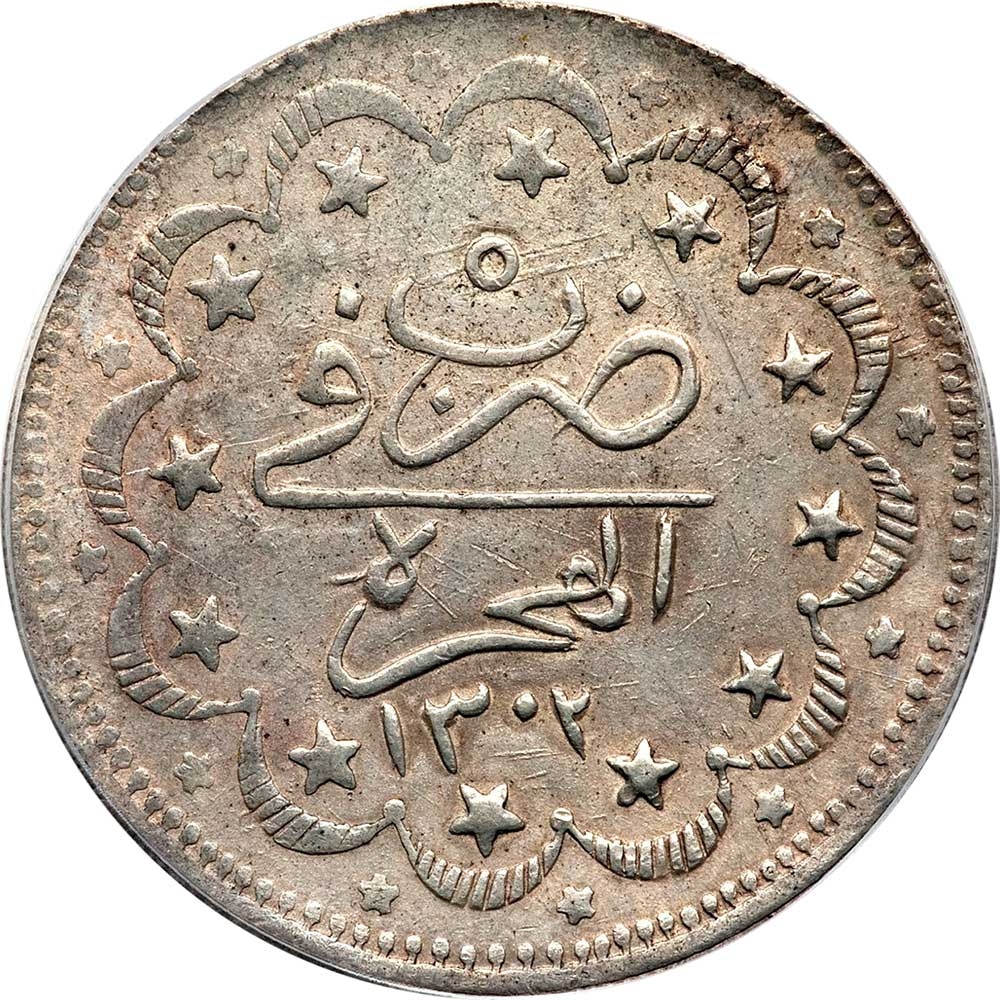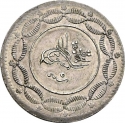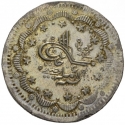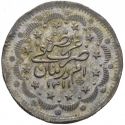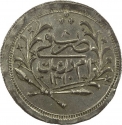You are about to finish your registration. Please check your mailbox (including spam folder). There should be a letter with a confirmation link. Check setting to make sure that your e-mail address is correct.
Send letter againDescription
Muhammad Ahmad bin Abdullah bin Fahal (1843–1885) emerged as a Sudanese religious and political leader, proclaiming himself the Mahdi in 1881. Leading a successful war against Egyptian rule, he achieved a notable victory in the Siege of Khartoum. Establishing an extensive Islamic state from the Red Sea to Central Africa, his movement continued to influence Sudan for a century.
From the Mahdi's declaration in June 1881 until its dissolution in 1898, his followers, the Ansār, shaped the theological and political principles of the Mahdist State. Following Muhammad Ahmad's unexpected death in 1885, his deputy, Abdallahi ibn Muhammad, assumed leadership.
Despite the Mahdist State's decline under Abdallahi's rule, failing to resist the British blockade and subsequent conquest in 1899, the Mahdi remains a respected figure in Sudanese history. In the late 20th century, his direct descendant, Sadiq al-Mahdi, served as Sudan's prime minister twice, advocating for pro-democracy policies.
Obverse

|
Tughra "In Order of Mahdi" with a flower at right, without value, within a circle of crescent and big stars in and small out ornament. بأمر المهدي |
|---|---|
Reverse

|
Arabic legend with the year of the reign on top and Ottoman Turkish legend "Struck in Hejra". The accession year in Hejira (AH1302) below, within a circle surrounded by the crescent, big stars in and small out ornament. ضرب في |
| Edge |

